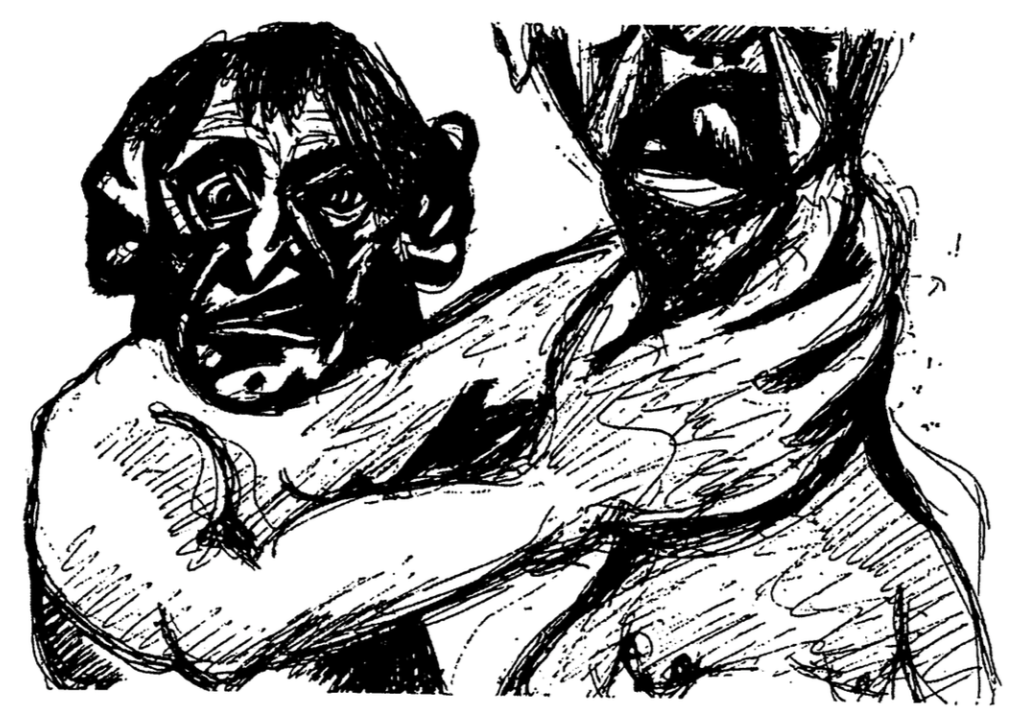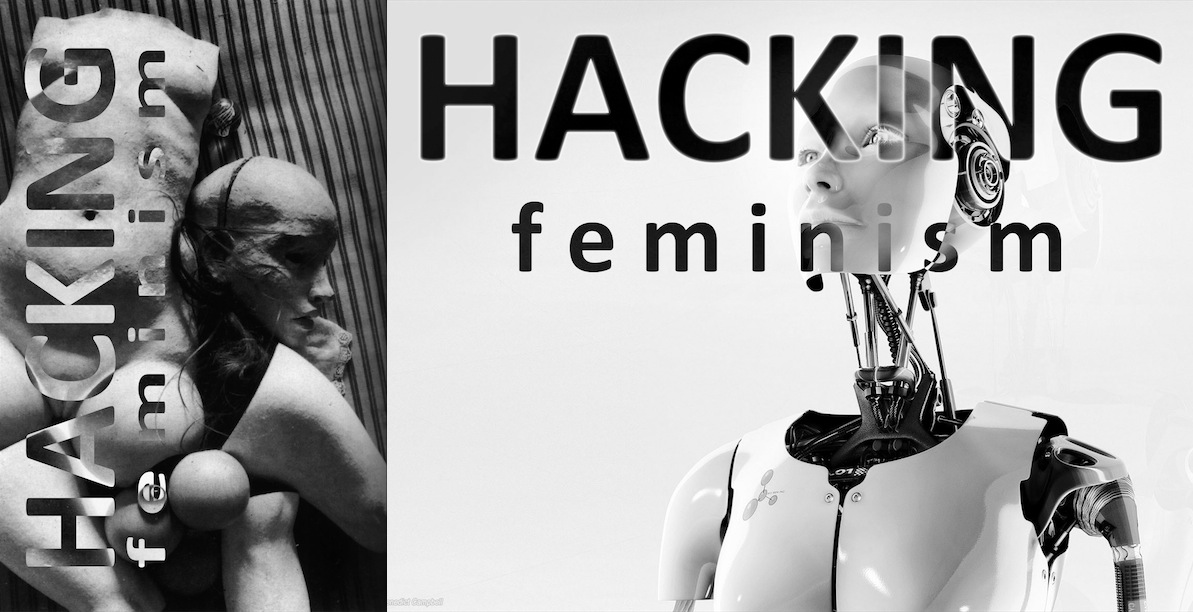A dialogue between me and David Berry has just been published in Theory, Culture, and Society. During the conversation we discuss networks, Deleuze, Latour, digital humanities, love, the non-human, Laruelle, and other topics.
Here is a short excerpt in response to questions from David about the dominance of networks in contemporary society...
ARG: We must forget Deleuze. It’s troubling to admit, given how influential Deleuze has been on my own thinking. But it’s imperative today that we forget Deleuzianism in all its many guises.
First, we must forget the Google Deleuzians, those who see the world as a vital assemblage, proffering untold bounties of knowledge – and riches. From clouds, to humans, to molluscs, to molecules, the world is nothing but systems. Lines of flight slice through assemblages, creating new living landscapes. Systems are open, dynamic, and robust. Networks produce value. These are some of the many mantras of the Google Deleuzians.
We must also forget the Carl Sagan Deleuzians. Remember Carl Sagan and his awestruck odes to the ‘billions and billions of stars’? Carl Sagan Deleuzians are those who think that ontology is about producing a sense of sublime grandeur in the mind of the thinker. These kinds of Deleuzians assume that ‘nature’ and ‘human nature’ coincide, and that the world is there ‘for us’ or, more specifically, to ‘impress’ us. For the Carl Sagan Deleuzians ontology means awesome-ology.
Finally, we must forget the Wet Diaper Deleuzians, or those who, in an endless restaging of the 1960s, think that being political means liberating one’s desires. (Let’s not forget that Facebook’s entire business plan is based on the liberation of desire.) For the Wet Diaper Deleuzians, everything is a desiring machine driven by an endless reserve of polymorphous perversity. They giggle and cry, suckle and shit, fall down and get back up. The world is a giant sandbox, filled with toys. Everyone they meet is a potential Father or Master that might threaten their desire, someone to be dethroned, debased, even killed. Each act becomes a doll house revolution – off with their heads!

DMB: If we are to cut off Deleuze’s head, in a paradoxical attempt to stop the ‘dethroned’ Deleuzian flavours of theory and practice, with what would we replace this theoretical work? Or do you have in mind some other register for thinking about a post-Deleuzian world?
ARG: I’m poking fun of course. The problem is less with Deleuze himself than with a certain kind of Deleuzian School that has arisen since his death. We must forget Deleuze, but only a limited and somewhat perverted interpretation of Deleuze. In fact there are two Deleuzes, the Deleuze of 1972 and the Deleuze of 1990. The ’72 Deleuze is the thinker of machinic subjectivity and differential systematicity. The ’90 Deleuze is the thinker of control and historical transformation. Unfortunately, the first Deleuze is so commonplace today that it has essentially become a TED talk. I see the ’90 Deleuze as the more radical voice. For example, the reticular pessimists champion the Deleuze of 1972 while ignoring the Deleuze of 1990. The legacy of May 1968, and all that it represents, plays a large role. I’m thinking of the Maude character in the film Harold and Maude, and the weary notion that liberation means running stoplights in a fast car.
But while we forget Deleuze we should also remember him. We should remember Deleuze the anti-fascist. We should remember Deleuze the thinker of materialism and immanence. We should remember Deleuze the communist.
